Mercedes Sprinter made of stone, why?
Mercedes Sprinter getting smarter
The sculpture made of stone is a warmonger. An artful way to hint at a new Mercedes Sprinter. You don’t see much, but based on what you see, it seems mostly evolutionary. Under the skin, however, it will be revolutionary, that much is clear. “With the new VAN platform, Mercedes-Benz is ushering in a new era: more efficient, intelligent and versatile commercial vehicles that will continue the success of the Sprinter and redefine the van segment,” said the constructors.
Thomas Klein, Head of Mercedes-Benz Vans: “As the inventor of the light commercial vehicle, we have consistently put all our expertise and experience at the service of our customers for nearly 130 years. Delivering added value is thereby our top priority – then, now and in the future. Customer satisfaction and innovative solutions are deeply rooted in our DNA and form the basis of our premium vans.”
2026: electric platform
The new vehicle architecture now forms the basis for all medium and large commercial vehicles. There will be a clear distinction between luxury passenger versions (VLE and VLS) and premium vans for business use. Starting in 2026, Mercedes-Benz will introduce the all-electric Van Electric Architecture (VAN.EA), starting with the VLE. Electric commercial vehicles will follow later and, with the Van Combustion Architecture (VAN.CA), modern variants with internal combustion engines.
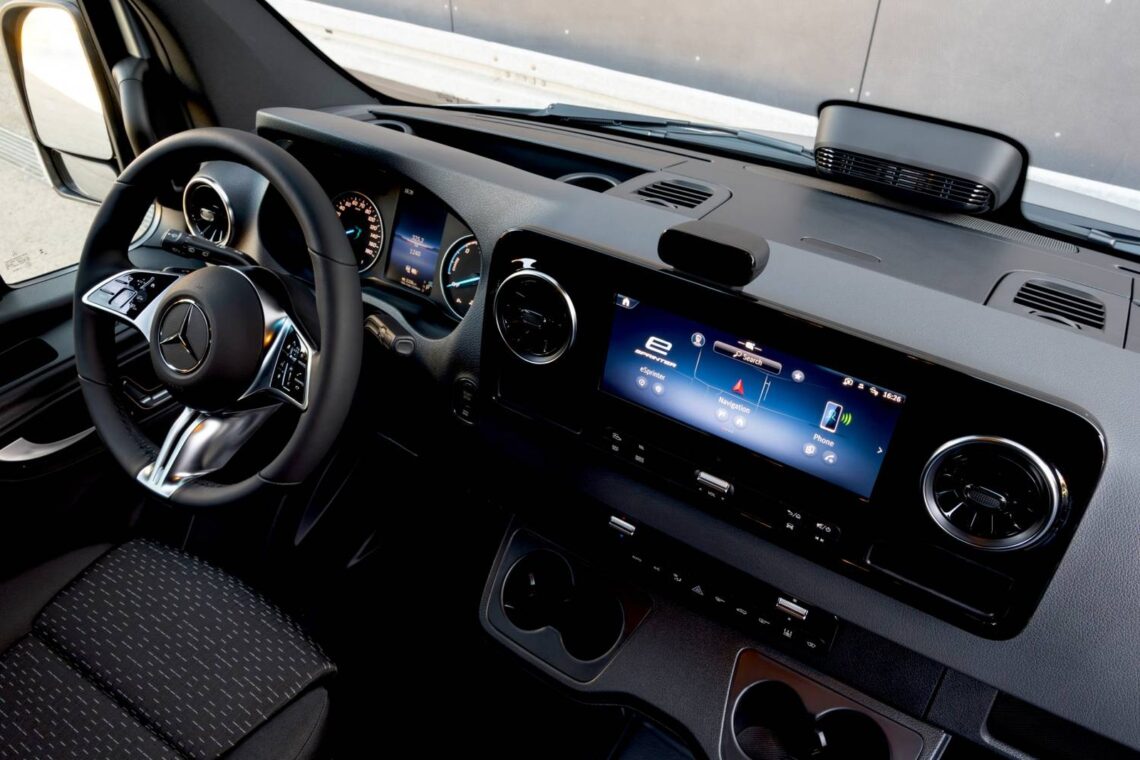
The new Sprinter is being developed in close cooperation with customers from various sectors. The next generation offers a choice of different drives, lengths, wheelbases and weights. As a result, the Sprinter remains suitable for a variety of applications: from courier services and service vehicles to ambulances and motor homes.
Customized services
The new vans run entirely on the Mercedes-Benz Operating System (MB.OS) and set new standards in connectivity. Thanks to chip-to-cloud architecture, all functions, from infotainment to charging, are intelligently controlled. Customers benefit from over-the-air updates and customized digital services such as VAN Uptime and Large Vehicle Navigation.
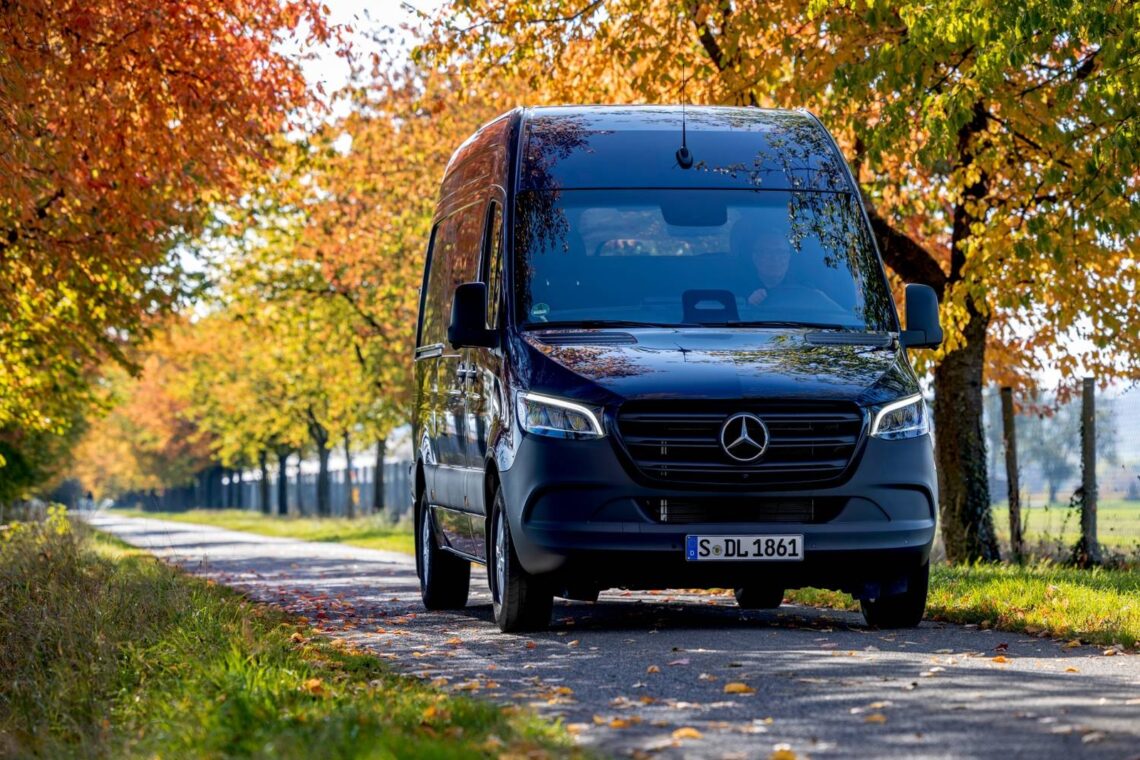
Fleet Management
With powerful processors and connection to the Mercedes-Benz Intelligent Cloud, vehicles stay up-to-date for years to come. Companies can integrate proprietary apps, such as fleet management or navigation tools, directly into the infotainment system while maintaining the familiar Mercedes-Benz user experience.
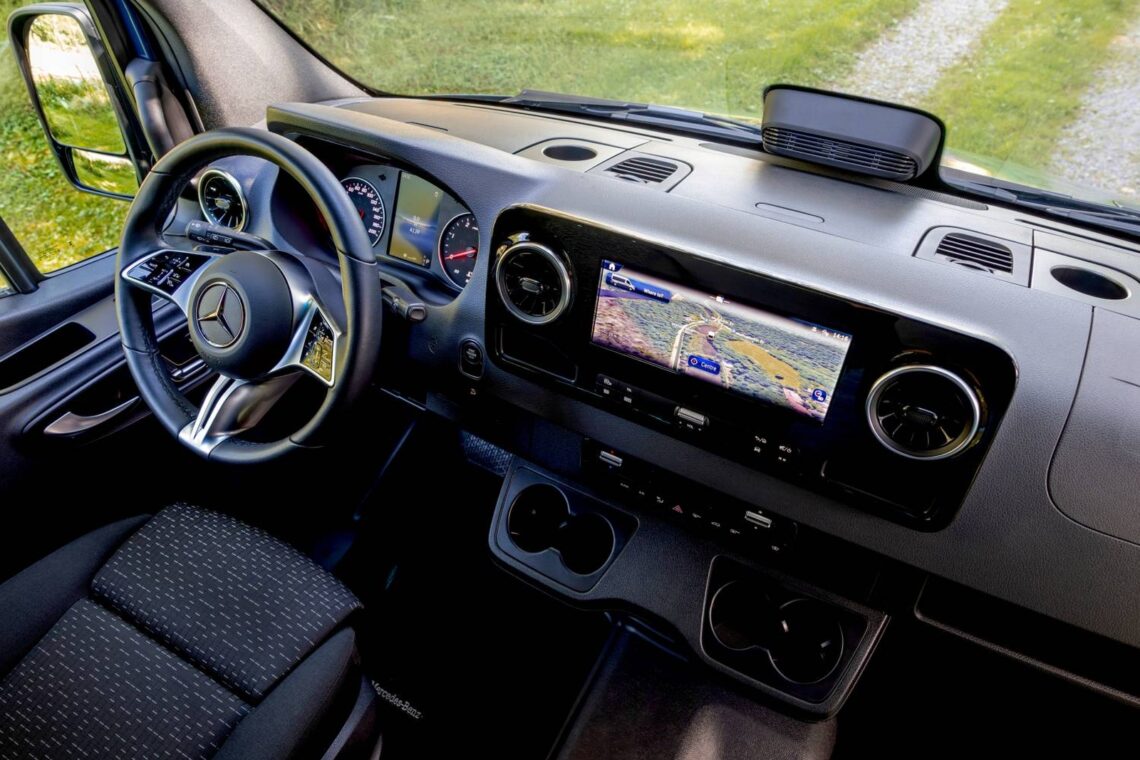
Sprinter success
In 2024, 77 percent of customers in Europe chose a Sprinter again. This high repeat purchase rate proves how sought-after this icon of the industry is. In three decades, more than five million Sprinters have been produced. In countless variants, for a variety of purposes and in almost every conceivable situation. It is on hand when lives are saved and children are born, when packages or frozen foods need to be delivered, houses are built and bathrooms renovated, VIPs are transported or travel adventures are experienced.
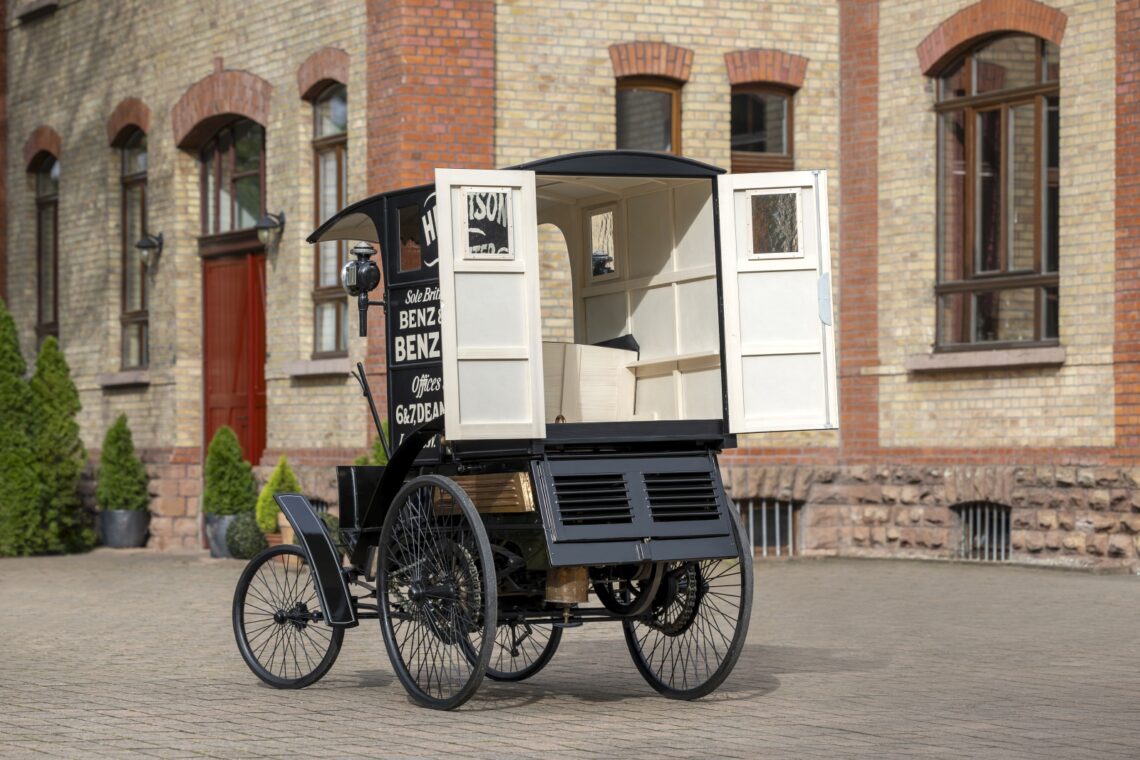
130 years of closed vans from Mercedes
The success story of Mercedes-Benz Vans began in 1896, when Carl Benz invented the motorized van. Under the name Benz & Cie. he developed two models: the closed Benz van based on the Benz Victoria and the versatile Benz combination van based on the light Benz Velociped. Thanks to its removable body, the latter could be converted into a two-seater passenger car in just a few steps – the first multi-purpose vehicle ever.
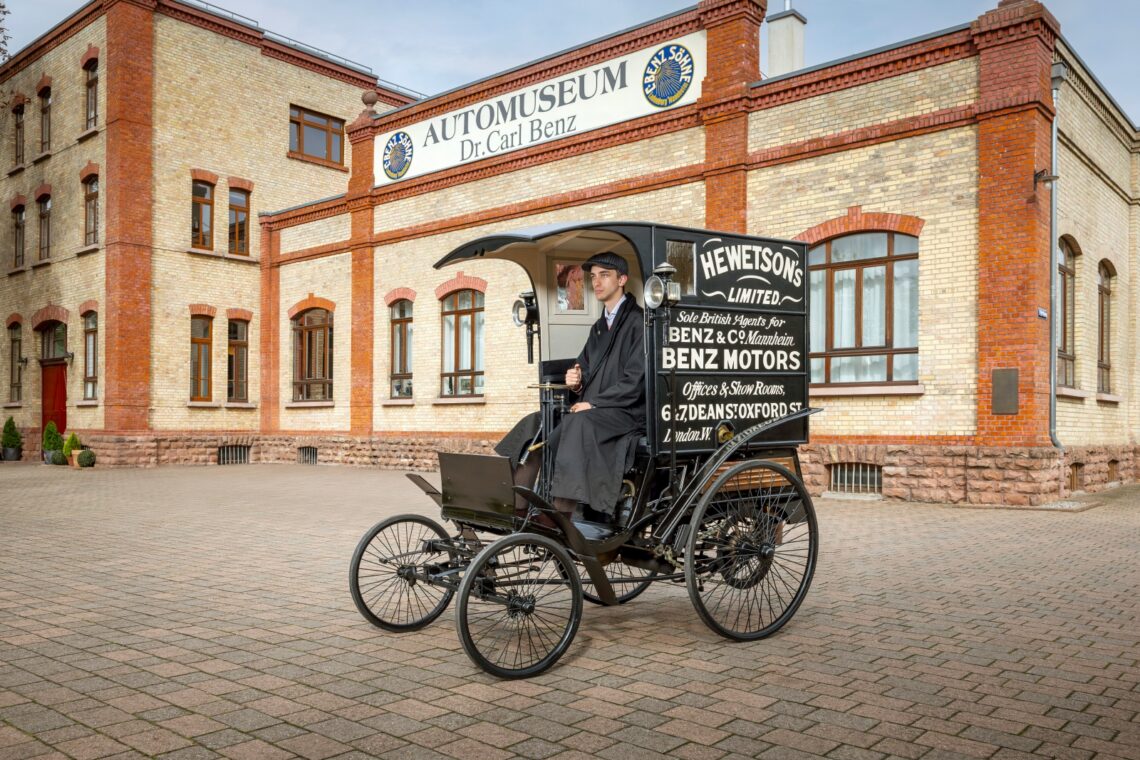
Piece of history
Both models had a rear-mounted single-cylinder four-stroke engine (2.7 or 1.0 liter) with 2.75 to 6 hp, good for 15 to 20 mph and a payload of up to 300 pounds. This made them faster and more efficient than horse-drawn carriages and marked the emergence of a new market segment. The first one was delivered on December 5, 1896, to department store Du Bon Marché in Paris for 4,500 marks.
Old van restored
A restored 1899 Benz combination van is now part of the Mercedes-Benz Classic collection. Built under license in England, this model – known as the Ideal Van – had 3 to 3.5 horsepower and could carry up to 250 pounds.

